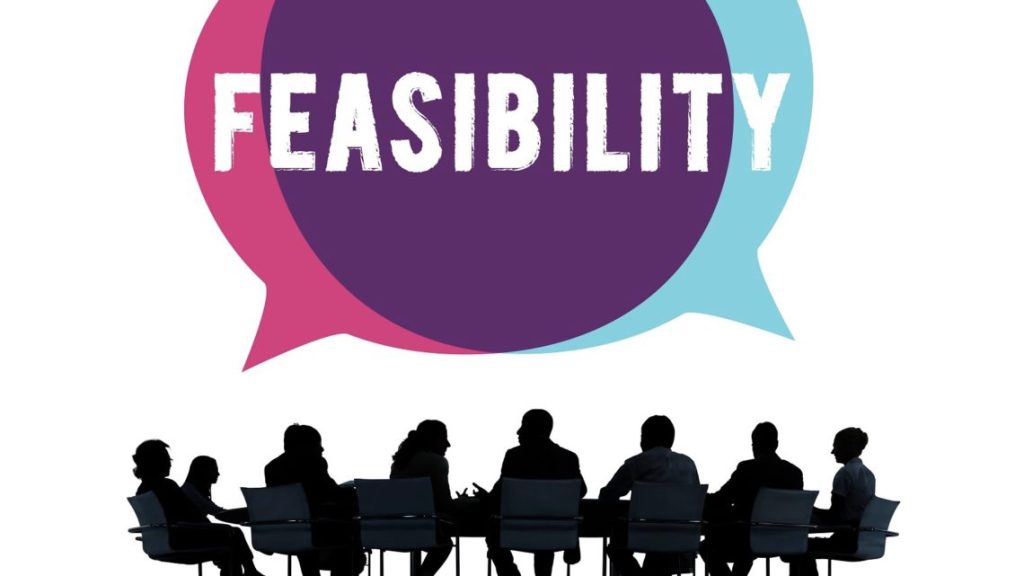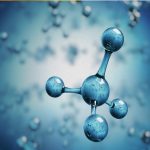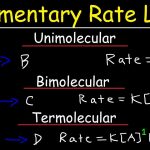THE FEASIBILITY study for a chemical process design investigates both the technical and economic feasibility of the proposed project. This feasibility study is only an introductory assessment, at this stage the process route has not yet been finalised although a preferred route may be apparent. Part of the work in preparing the feasibility study is to obtain information regarding the alternative process routes, and to provide an assessment of the suitability of these routes for the particular project.
The technical part of the feasibility study considers the alternative processes, and the equipment that constitutes the chemical plant in each case. At this stage it is necessary to identify any items of equipment that pose particular or unusual design problems, or which are very expensive or hazardous.
The feasibility study should determine whether it is possible to design and build a chemical plant for a particular manufacturing process. Any external factors that may influence the operation of the plant should be noted, e.g. discharge levels, stability of raw materials supply, etc. The economic feasibility of the process should be established at this stage. Again, this is only an introductory assessment performed more to establish that the plant is not definitely a loss-maker, rather than deciding that it is a particularly attractive proposition.
A full and detailed economic evaluation of the plant and process is performed later in the design study (see Chapter 6) after the process route has been finalised, a detailed equipment listing prepared, and preliminary equipment designs have been performed. The following steps need to be performed to establish the economic feasibility of the process:
(a) Determine the cost per tonne (or kg) of all raw materials used in the process, these should be delivered prices to the anticipated plant location including shipping, handling, etc.
(b) Determine the current price paid per tonne (or kg) for the proposed chemical at the plant location, or at the market location if these are very different (in this case estimate transportation costs).
(c) Estimate the quantities of raw materials required to produce (say) one tonne of product. Determine whether the cost per tonne of raw materials is more than the cost of purchased product for the production process. If it is, why bother to build the plant?
(d) Establish the market for the chemical, both locally and for exports. Determine whether these are contracting or growth markets. Establish the minimum sales level that would be expected. Local or national sales are usually more predictable and stable than overseas markets. Compare this expected sales figure with estimates of the economic throughput for such a plant – based on available data for similar plants.
(e) Obtain total capital cost data for an existing plant producing the same chemical, preferably a recently commissioned plant of approximately the same required production rate. However, any data are (usually?) better than none, so if no data for such a plant is available try to obtain information for a plant producing a similar type of chemical with comparable plant equipment and throughput.



Comments are closed